Electrical Faults Air – Conditioning System
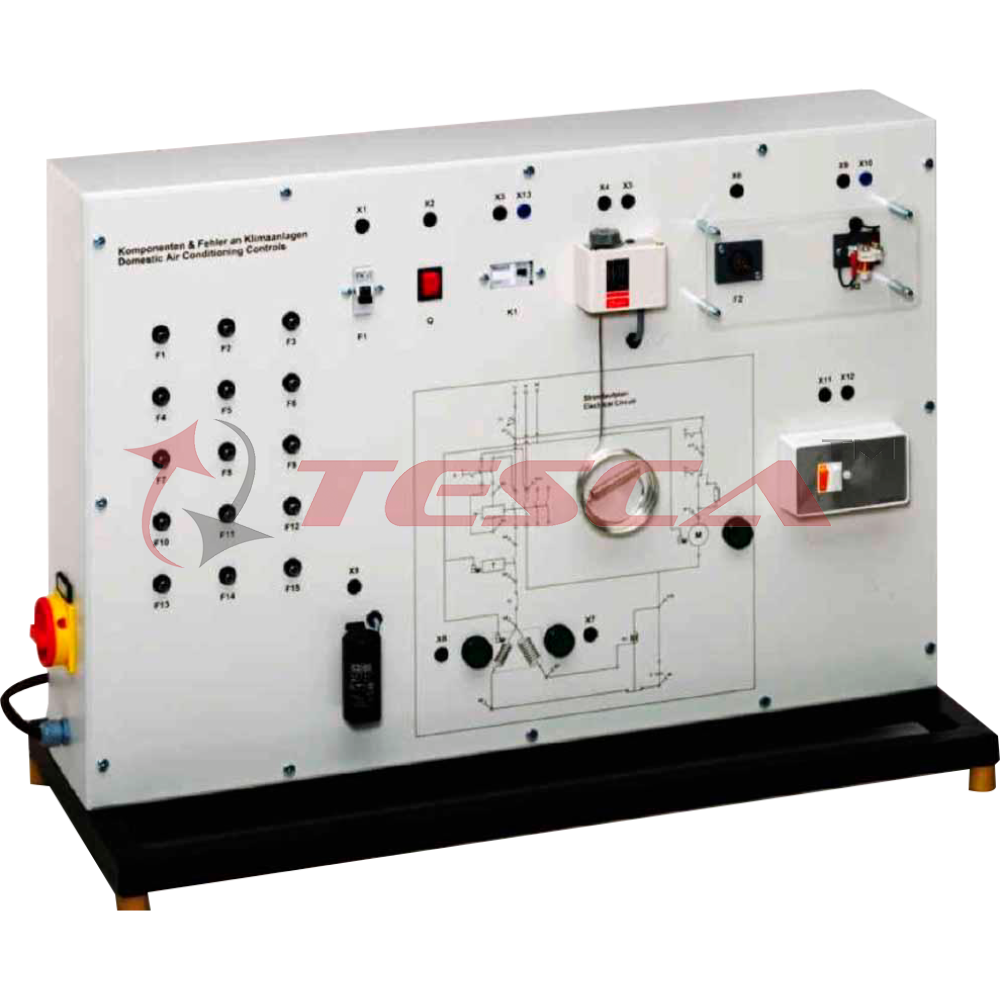
Order Code: 32432
Category: Refrigeration & Air Conditioning Lab
Identifying electrical faults in air conditioning systems requires comprehensive knowledge This knowledge includes the design and operation of the individual electrical components as well as the reading of circuit diagrams. ET 170 helps to acquire th
SPECIFICATION
Features
- Simulation of a simple air conditioning system with compressor, fan and thermostat 1
- Investigation of key electrical components from air conditioning technology1
- Simulation of 15 faults
Identifying electrical faults in air conditioning systems requires comprehensive knowledge This knowledge includes the design and operation of the individual electrical components as well as the reading of circuit diagrams. ET 170 helps to acquire this knowledge.
Tesca Electrical Faults in Air-Conditioning System 32432 demonstrates the electrical circuit of a simple air conditioning system, consisting mainly of a refrigerant compressor and fan at the air cooler. The control circuits are actually present. Compressor and fan motor are simulated.
The compressor is controlled via a thermostat. Via a ballast the fan motor speed can be switched in two stages. The start of the compressor motor takes place via a start-up relay and start-up capacitor. Typical protection devices, such as circuit breaker, complete the electrical circuit. The operating state of the simulated components compressor and fan is indicated via lamps in the circuit diagram on the front panel. The simulation of 15 different faults, such as coil fracture in the motor or faulty switching contact, is possible.
For fault indication, voltages and resistances are checked at the lab jacks with the multimeter. The depiction of the circuit diagram on the front panel facilitates the allocation of the measuring points. The well-structured instructional material sets out the fundamentals and provides a step-by-step guide through the experiments.
Specifications
- Experimental unit from the Tesca practical series for the training of mechatronics engineers for refrigeration
- Simulation of the electrical circuit of a simple air conditioning system for cooling
- Real control circuits with electrical components, simulated load circuits
- Electrical simulation of compressor and fan
- Temperature control with thermostat and compressor
- Fan with 2 adjustable speeds
- Operating states of the simulated components indicated via lamps in the circuit diagram
- Circuit diagram depicted on the front panel
- Identification of 15 faults: multimeter measures voltages or resistances at the lab jacks
Technical Specifications
Simulated compressor
- Start-up current: > 3A
Electrical components for the compressor
- Start-up capacitor
- Start-up relay
- Overheat protection (bimetallic)
Electrical components for the fan
- On/off switch
- Speed switch
Thermostat: -5...35°C
General safety devices
- Main contactor
- Automatic fuse
Experiments
- Electrical design and principle of operation of simple air conditioning systems
- Read and understand electrical circuit diagrams
- Design and operation of electrical components in an air conditioning system
- Start-up capacitor
- Start-up relay
- Overheat protection
- Main contactor
- Automatic fuse
- On/off switch
- Speed switch
- Thermostat
- Fault finding in electrical components
- In idle state
- Under mains voltage
Requirements
220 – 240V, 50Hz, 1 phase Power Supply

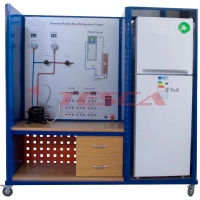
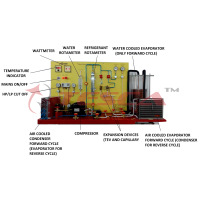

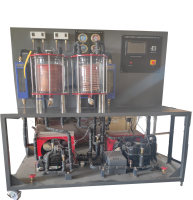
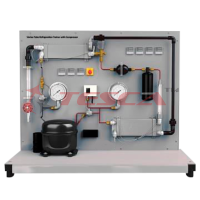

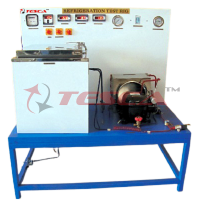
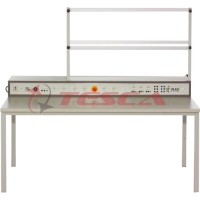
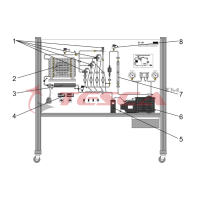

 91-9829132777
91-9829132777